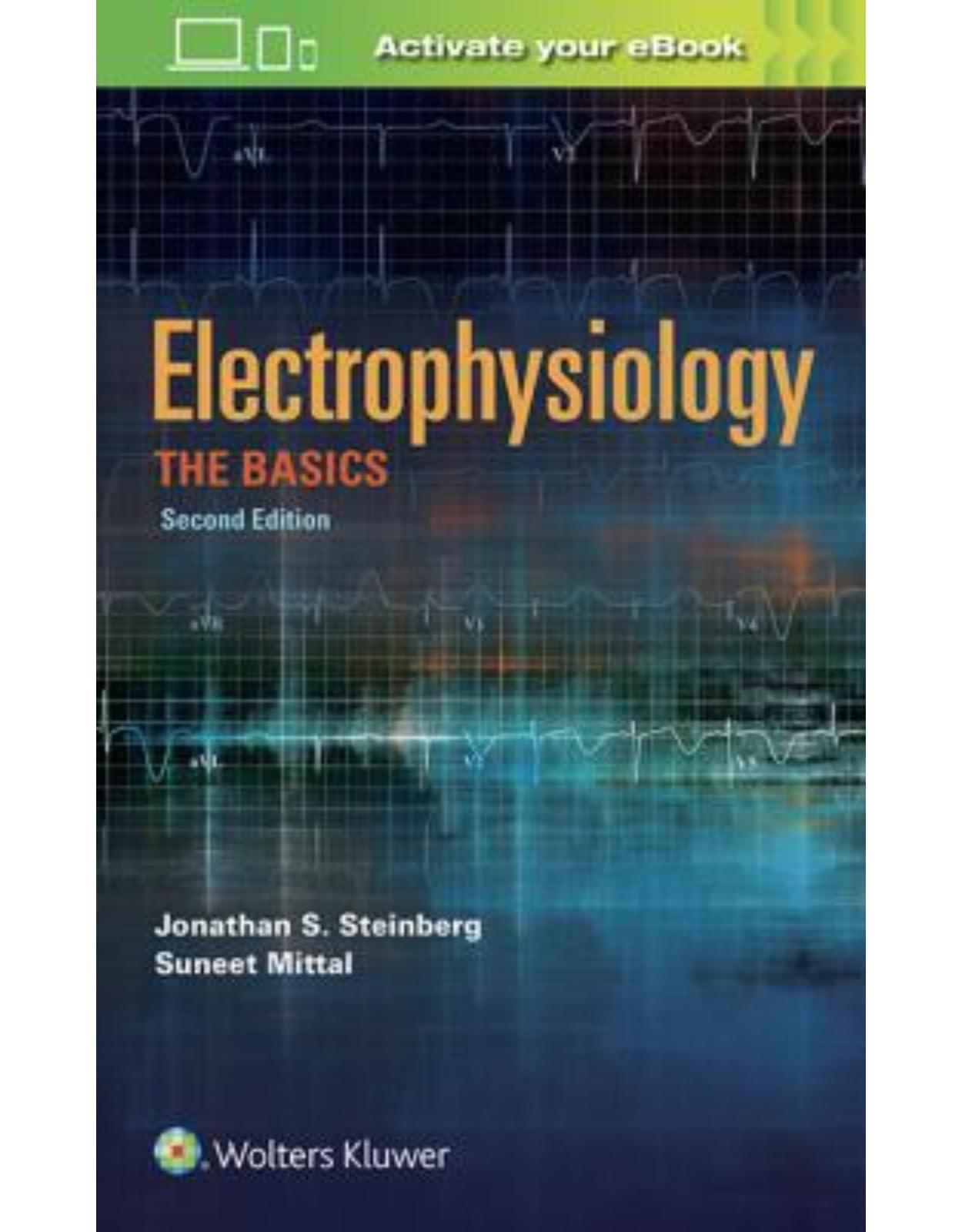
Electrophysiology: The Basics, 2e THE BASICS
Livrare gratis la comenzi peste 500 RON. Pentru celelalte comenzi livrarea este 20 RON.
Disponibilitate: La comanda in aproximativ 4 saptamani
Editura: LWW
Limba: Engleza
Nr. pagini: 348
Coperta: Paperback
Dimensiuni: 1.3 x 12.7 x 19.7 cm
An aparitie: 2017
Description:
Fully revised and updated, the second edition of Electrophysiology: The Basics remains a trusted, practical reference for those who are learning the foundational concepts of electrophysiology. A clear, non-technical style, a new full-color format, and heavily updated content make this an ideal reference not only for cardiology fellows in EP rotations, but also for residents, nurses, medical students, physicians reviewing for recertification, and staff in the arrhythmia/cardiac device clinic.
Table of contents:
I: Evaluation and Management
Chapter 1: Bradycardia
Sinus Rhythm
Figure 1-1
Sinus Bradycardia
Autonomic Blockade
Sinoatrial Block
Sinus Node—Corrected Recovery Time and Sinoatrial Conduction Time
Figure 1-2
Figure 1-3
Figure 1-4
Figure 1-5
Figure 1-6
Atrioventricular Junction
Atrioventricular Block
Nodal Block and Intra- or Infra-Hisian Block
Comment Regarding Predictive Value of Provocative Test for Disclosing Patients with Unearthing Sinus Node or Atrioventricular Node Dysfunction
Figure 1-7
Figure 1-8
Figure 1-9
Figure 1-10
Figure 1-11
Figure 1-12
Figure 1-13
Key Points
Suggested Readings
Chapter 2: Supraventricular Tachycardia: AVNRT, AVRT
Chapter 2 Introduction
Epidemiology
Clinical Presentation
Figure 2-1
Table 2-1: Categorization of Narrow-complex Supraventricular Tachycardias Based on Regularity of QRS Complexes and RP versus PR Relationship on the ECG
Atrioventricular Nodal Reentrant Tachycardia
Electrophysiology
Pharmacologic Treatment
Catheter Ablation
Figure 2-2
Figure 2-3
Figure 2-4
Figure 2-5
Figure 2-6
Figure 2-7
Figure 2-8
Figure 2-9
Wolff–Parkinson–White Syndrome, Atrioventricular Reentrant Tachycardia
Epidemiology
Electrophysiology
Risk Stratification
Pharmacologic Treatment
Catheter Ablation
Figure 2-10
Figure 2-11
Figure 2-12
Figure 2-13
Figure 2-14
Figure 2-15
Summary
Key Points
References
Suggested Readings
Chapter 3: Atrial Arrhythmias
Atrial Fibrillation
Diagnosis and Epidemiology
Pathophysiology
Classification
Symptoms and Clinical Presentation
Initial Evaluation
Prognosis and Complications
Antithrombotic Therapy
Nonpharmacologic Stroke Prevention
Pharmacologic Therapy for Rhythm and Rate Control
Electrical Cardioversion
Catheter and Surgical Ablative Therapy
Figure 3-1
Table 3-1: Conditions Associated with AF
Figure 3-2
Figure 3-3
Figure 3-4
Table 3-2: Stroke Risk According to the CHA2DS2-VASc Index
Figure 3-5
Table 3-3: 2014 AHA/ACC/HRS Guidelines for Antithrombotic Therapy for Patients with Nonvalvular AF
Figure 3-6
Table 3-4: Indications for Catheter Ablation of AF
Atrial Flutter
Definition
Epidemiology
Incidence
Risk Factors
Clinical Presentation
Symptoms
Electrocardiogram
Complications
Pathophysiology
Mechanism
Origin
Categorization
Diagnosis
Pharmacologic Maneuvers
Electrophysiologic Maneuvers
Therapy
Acute Treatment
Long-term Treatment
Catheter Ablation
Anticoagulation
Figure 3-7
Figure 3-8
Figure 3-9
Figure 3-10
Figure 3-11
Atrial Tachycardia
Definitions and Classifications
Epidemiology
Prognosis
Management
Acute Therapy
Long-Term Pharmacologic Therapy
Multifocal Atrial Tachycardia
Mapping and Ablation Strategy for Atrial Tachycardia
Figure 3-12
Table 3-5: Classification of ATs and Common Characteristics
Figure 3-13
Key Points
Atrial Fibrillation
Atrial Flutter
Atrial Tachycardia
Suggested Readings
Chapter 4: Ventricular Tachycardia
Chapter 4 Introduction
VT Mechanisms
Figure 4-1
Clinical Evaluation Prior to Ablation Procedure
Figure 4-2
Ablation of Idiopathic VT
Figure 4-3
Ablation of Outflow Tract VT
LV Idiopathic VT
Ablation of VT in Structural Heart Disease
Scar-Related Monomorphic Sustained VT
Entrainment Mapping
Substrate Ablation
Figure 4-4
Figure 4-5
Summary
Key Points
Suggested Readings
Chapter 5: Syncope
Chapter 5 Introduction
Figure 5-1
Cardiac Syncope
Disorders of Autonomic Function
Arrhythmias
Figure 5-2
Figure 5-3
Figure 5-4
Noncardiac Syncope
Conclusions
Figure 5-5
Key Points
Suggested Readings
Chapter 6: Sudden Cardiac Death and the Cardiac Arrest Survivor
Chapter 6 Introduction
Clinical Causes
Ischemic Heart Disease
Nonischemic Cardiomyopathy
Arrhythmogenic Right Ventricular Cardiomyopathy
Hypertrophic Cardiomyopathy
Long QT Syndrome
Brugada Syndrome
Catecholaminergic Polymorphic Ventricular Tachycardia
Early Repolarization Syndrome
Short QT Syndrome
Short-Coupled Ventricular Fibrillation
Other Causes
Initial Investigation Strategy
Resting Electrocardiogram
Assessment of Cardiac Structure and Function
Coronary Artery Assessment
Figure 6-1
Figure 6-2
Figure 6-3
Figure 6-4
Figure 6-5
Further Testing in Unexplained Cardiac Arrest
Exercise Testing
Signal-Averaged ECG
Epinephrine Provocation
Brugada Syndrome and Sodium Channel Blocker Provocation
Invasive Electrophysiology Testing
Other Considerations
Figure 6-6
Figure 6-7
Figure 6-8
The Genetics of Sudden Death
Treatment
Acute Management of Sudden Cardiac Arrest
Secondary Prevention
Device Therapy
Medical Therapy
Ablation
Surgery
Conclusion
Acknowledgment
Key Points
Clinical Causes of SCA
Investigation of SCA Survivor
Suggested Readings
Ii: The Electrophysiology Laboratory
Chapter 7: Electrophysiology Equipment
Chapter 7 Introduction
Multichannel Physiologic Recorders
Figure 7-1
Stimulators
Catheters
Figure 7-2
Fluoroscopy
Energy Sources for Ablation
Cryoablation
Three-Dimensional Mapping Systems
Carto Electroanatomic Mapping (Biosense Webster, Inc. Diamond Bar, California)
Impedance-Based Mapping Systems: Ensite Velocity (St. Jude Medical, Inc., St. Paul, Minnesota)
Three-Dimensional Image Integration
Rhythmia (Boston Scientific Corp., Natick, Massachusetts)
Figure 7-3
Figure 7-4
Figure 7-5
Figure 7-6
Echocardiography in the EP Lab
Transthoracic Echocardiography
Transesophageal Echocardiography
Intracardiac Ultrasound
Figure 7-7
Figure 7-8
Remote Navigation Systems
Magnetic Navigation
Robotic Navigation
Cardioverter Defibrillators
Key Points
EP Laboratory Equipment
Suggested Readings
Chapter 8: Electrophysiologic Testing: Indications and Limitations
Chapter 8 Introduction
Diagnostic EP Study
Figure 8-1
Figure 8-2
Paroxysmal Supraventricular Tachycardia
Figure 8-3
Figure 8-4
Figure 8-5
Figure 8-6
Figure 8-7
Figure 8-8
Risk Stratification in Patients with Structural Disease
Limitations of Electrophysiologic Risk Stratification
Technical Aspects of Programmed Ventricular Stimulation
Figure 8-9
EP Testing in WPW
EP Evaluation in Patients with Brugada Syndrome
Figure 8-10
Syncope in Patients with a Normal Heart
Figure 8-11
Figure 8-12
Electrophysiologic Study and Catheter Ablation of Specific Arrhythmias
Atrial Flutter
Catheter Ablation of Atrial Fibrillation
Ablation of the AV Junction
Ventricular Arrhythmias
Figure 8-13
Figure 8-14
Figure 8-15
Figure 8-16
Figure 8-17
Figure 8-18
Summary
Key Points
Suggested Readings
Chapter 9: Principles of Mapping and Ablation
Introduction
Catheter Ablation: Historical Development
Biophysics of Catheter Ablation
Figure 9-1
Figure 9-2
Other Energy Sources for Ablation
Figure 9-3
Catheter Mapping and Ablation: Vascular Access and Cardiac Chamber Approach
Figure 9-4
Goals of Cardiac Mapping
Tools for Cardiac Mapping
Figure 9-5
Specific Mapping Techniques: Activation Mapping
Figure 9-6
Specific Mapping Techniques: Pace Mapping
Figure 9-7
Specific Mapping Techniques: Entrainment Mapping
Figure 9-8
Specific Mapping Techniques: Substrate Mapping
Figure 9-9
Figure 9-10
Key Points
Table 9-1: Comparison of Mapping Techniques
References
Suggested Readings
Chapter 10: Indications for Cardiac Rhythm Management Devices
Chapter 10 Introduction
Physiologic Pacing
Table 10-1: Potential Adverse Effects of Ventricular Pacing (RV) in SND
Table 10-2: Important Clinical Trial in Pacing and Mode Selection
Figure 10-1
Table 10-3: Indications for Pacing
Pacing for Sinus Node Dysfunction
Pacing for Acquired or Chronic Atrioventricular Block
Indications for Pacing Not Related to SND or AV Block
Indications for Internal Cardioverter-Defibrillator Implantation
Table 10-4: Primary and Secondary Prevention Indications for ICD
Figure 10-2
Table 10-5: Secondary Prevention ICD Trials
Table 10-6: Primary Prevention ICD Trials
Subcutaneous Implantable Defibrillator
Table 10-7: S-ICD: Ideal Candidate and Contraindications
Wearable Cardioverter-Defibrillator
Figure 10-3
Cardiac Resynchronization Therapy
Figure 10-4
Temporary Venous Pacing
Table 10-8: Indications for Temporary Transvenous Pacing
Summary
Key Points
References
Suggested Readings
Guidelines
Clinical Trials and Review Articles: Pacing
Clinical Trials: ICD Therapy
Clinical Trials and Review Articles: CRT
Chapter 11: Ambulatory Electrocardiographic Monitoring
Chapter 11 Introduction
Figure 11-1
Figure 11-2
Smartphone-Based Monitoring
Holter Monitoring
Event Recorders
Ambulatory Cardiovascular Telemetry
Selection of Appropriate AECG Monitoring Technologies
Implantable Loop Recorders
Figure 11-3
Indications for Ambulatory ECG Monitoring
Palpitations
Syncope
Atrial Fibrillation
Figure 11-4
Figure 11-5
Table 11-1: Indications for ILRs in Patients with Syncope
Table 11-2: Reasons for Ambulatory ECG Monitoring in Patients with Known AF
Figure 11-6
Summary
Key Points
Suggested Readings
Iii: The Pacemaker and Defibrillator Clinic
Chapter 12: Device Interrogations and Utilization of Diagnostic Data
Introduction
Getting Started
Table 12-1: Phone Numbers of Major Device Companies
Device Functional Information
Basic Programmed Data
Battery Status
High Voltage Charge Circuit Status
Lead Status
Impedance (Resistance)
Sensing Threshold
Pacing Threshold
Figure 12-1
Figure 12-2
Figure 12-3
Figure 12-4
Figure 12-5
Figure 12-6
Patient Rhythm Diagnositics
Figure 12-7
Figure 12-8
Rhythm-Specific Information
Figure 12-9
Figure 12-10
Figure 12-11
Appropriate Programming Based on Observed Data
Atrial Fibrillation with Fast Pacing Rate
Loss of Capture
Failure to Pace
Inappropriate Shocks by an ICD
Failure to Detect Ventricular Tachycardia by an ICD
Other Monitored Parameters
Figure 12-12
Remote Monitoring
Conclusion
Key Points
Suggested Readings
Chapter 13: Lead Management and Extraction
Chapter 13 Introduction
Figure 13-1
Lead Infection
Epidemiology
Risk Factors for CIED Infection
Microbiology
Clinical and Economic Consequences
Clinical Signs and Symptoms
Indications Lead Extraction for CIED Infection
Management of Suspected CIED Infection
Table 13-1: Risk Factors for CIED Infection
Figure 13-2
Figure 13-3
Figure 13-4
Figure 13-5
Lead Design and Recalls
Lead Design
Lead Failure
Lead Durability
Lead Recalls
Medtronic Sprint Fidelis
St. Jude Medical Riata
Lead Management and Extraction with Nonfunctional Leads
Table 13-2: Lead Design Considerations Impacting Long-Term Durability due to Complexity
Figure 13-6
Table 13-3: Types of Lead Failure
Figure 13-7
Figure 13-8
Venous Occlusion and Chronic Pain
Venous Occlusion
Chronic Pain
Lead Abandonment
Figure 13-9
Lead Extraction
Lead Design and Extraction
Predictors of Extraction Difficulty
Terminology and Defining Success
Extraction Team and Approach
Complications Associated with Lead Extraction
Clinical Outcomes with Lead Extraction
Key Points
Suggested Readings
Iv: Miscellaneous Topics
Chapter 14: Approach to the Patient with Wide Complex Tachycardia
Introduction
Uniform-Morphology Wide Complex Tachycardia—Diagnostic Possibilities
Table 14-1: Relative Frequency and Clinical Settings of WCTs
Ventricular Tachycardia versus Supraventricular Tachycardia with Aberration
Table 14-2: ECG Distinctions between VT and SVT
Figure 14-1
Figure 14-2
Figure 14-3
Figure 14-4
Figure 14-5
Figure 14-6
Polymorphic Wide Complex Tachycardia
Figure 14-7
Figure 14-8
Figure 14-9
Management of Wide Complex Tachycardia
Figure 14-10
Summary
Key Points
Considerations in WCT Diagnosis
References
Suggested Readings
Chapter 15: Antiarrhythmic Medications
Chapter 15 Introduction
Antiarrhythmic Drug Classification
Class I Drugs
Class IA Drugs—Quinidine, Procainamide, and Disopyramide
Class IB Drugs—Lidocaine, Mexiletine, and Phenytoin
Class IC Drugs—Propafenone and Flecainide
Class II Drugs—β-Blockers
Class III Drugs—Amiodarone, Drodenarone, Dofetilide, Ibutilide, Sotalol, Bretylium, and Vernakalant
Class IV Drugs—Verapamil and Diltiazem
Unclassified Drugs—Adenosine and Digoxin
Drugs under Investigation for their Antiarrhythmic Properties: Ranolazine and Ivabradine
Figure 15-1: The Vaughan Williams Classification and Description of Specific Drugs
Table 15-2: Characteristics and Usual Doses of Various β-blocking Agents
Figure 15-1
The Use of Antiarrhythmic Drugs in Pregnancy
Table 15-3: Definition of FDA Pregnancy Risk Categories
Figure 15-4: Indications and Potential Adverse Effects of Antiarrhythmic Drug Use in Pregnancy
Key Points
Suggested Readings
Chapter 16: Channelopathies
Introduction
Figure 16-1
Figure 16-2
Long-QT Syndrome
LQTS Diagnosis
Risk Stratification and Management of LQTS Patients
Drug-Induced QT Prolongation and the Risk of Proarrhythmia
Figure 16-3
Table 16-1: Genetic Types of the LQTS
Table 16-2: Diagnostic Criteria for Channelopathies According to 2013 HRS/EHRA/APHRS Expert Consensus Statement
Table 16-3: Bazett-Corrected QTc Values for Diagnosing QT Prolongation
Figure 16-4
Table 16-4: Diagnostic Criteria for Long-QT Syndrome
Table 16-5: M-FACT Risk Score
Table 16-6: Indications for ICD Implantation in Patients with Channelopathies (According to HRS/EHRA/APHRS 2013 Expert Consensus Statement on the Diagnosis and Management of Patients with Inherited Primary Arrhythmia Syndromes)
Table 16-7: Drugs That Prolong the QT Interval (for more complete listing please visit www.qtdrugs.org)
Short Qt Syndrome
Figure 16-5
Brugada Syndrome
Figure 16-6
Figure 16-7
Catecholaminergic Polymorphic Ventricular Tachycardia
Figure 16-8
Early Repolarization
Figure 16-9
Summary
Key Points
Suggested Readings
Channelopathies
Long-QT Syndrome
Short-QT Syndrome
Brugada Syndrome
Catecholaminergic Polymorphic Ventricular Tachycardia
Early Repolarization
| An aparitie | 2017 |
| Autor | Jonathan S. Steinberg and SUneet Mittal |
| Dimensiuni | 1.3 x 12.7 x 19.7 cm |
| Editura | LWW |
| Format | Paperback |
| ISBN | 9781496340016 |
| Limba | Engleza |
| Nr pag | 348 |

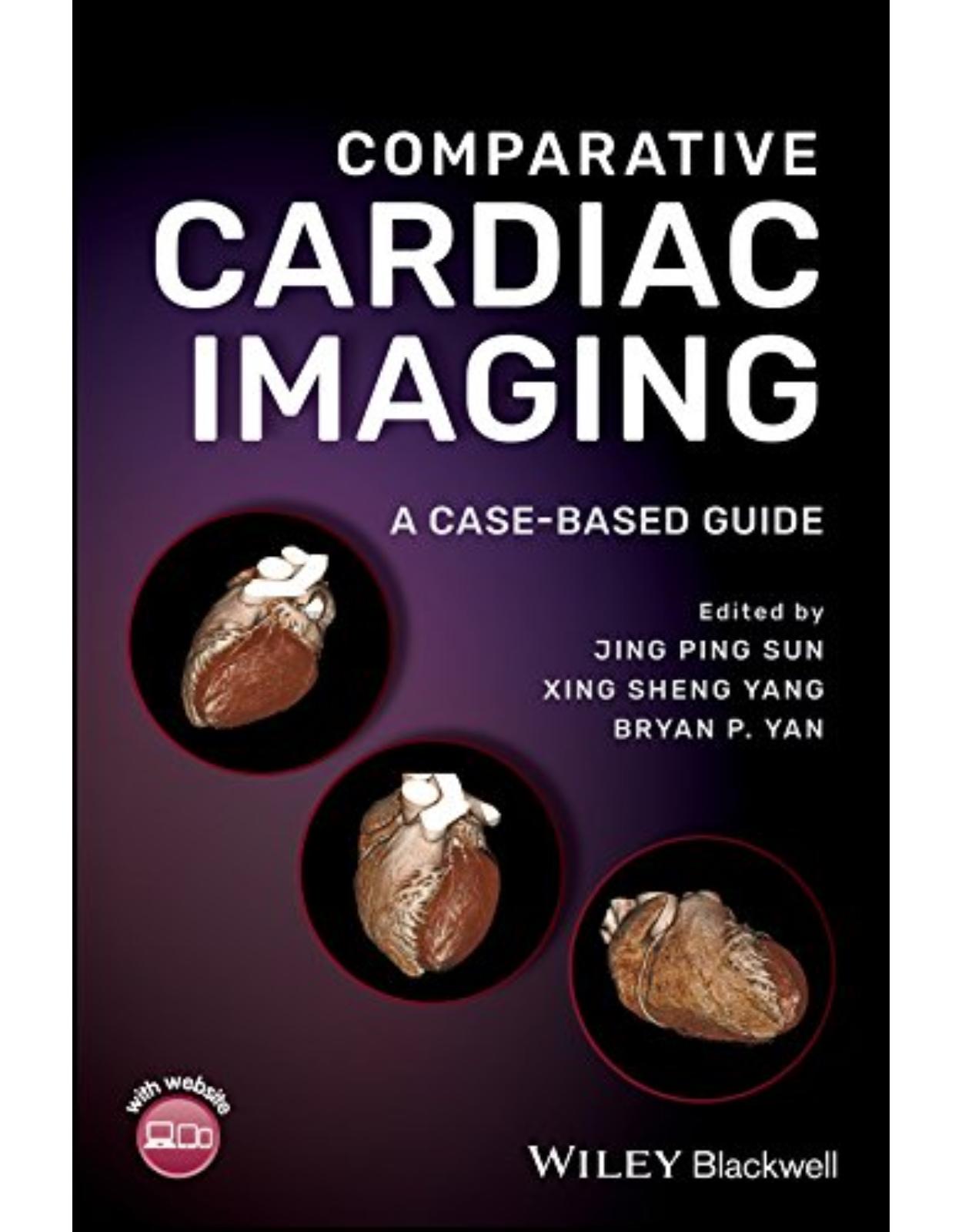

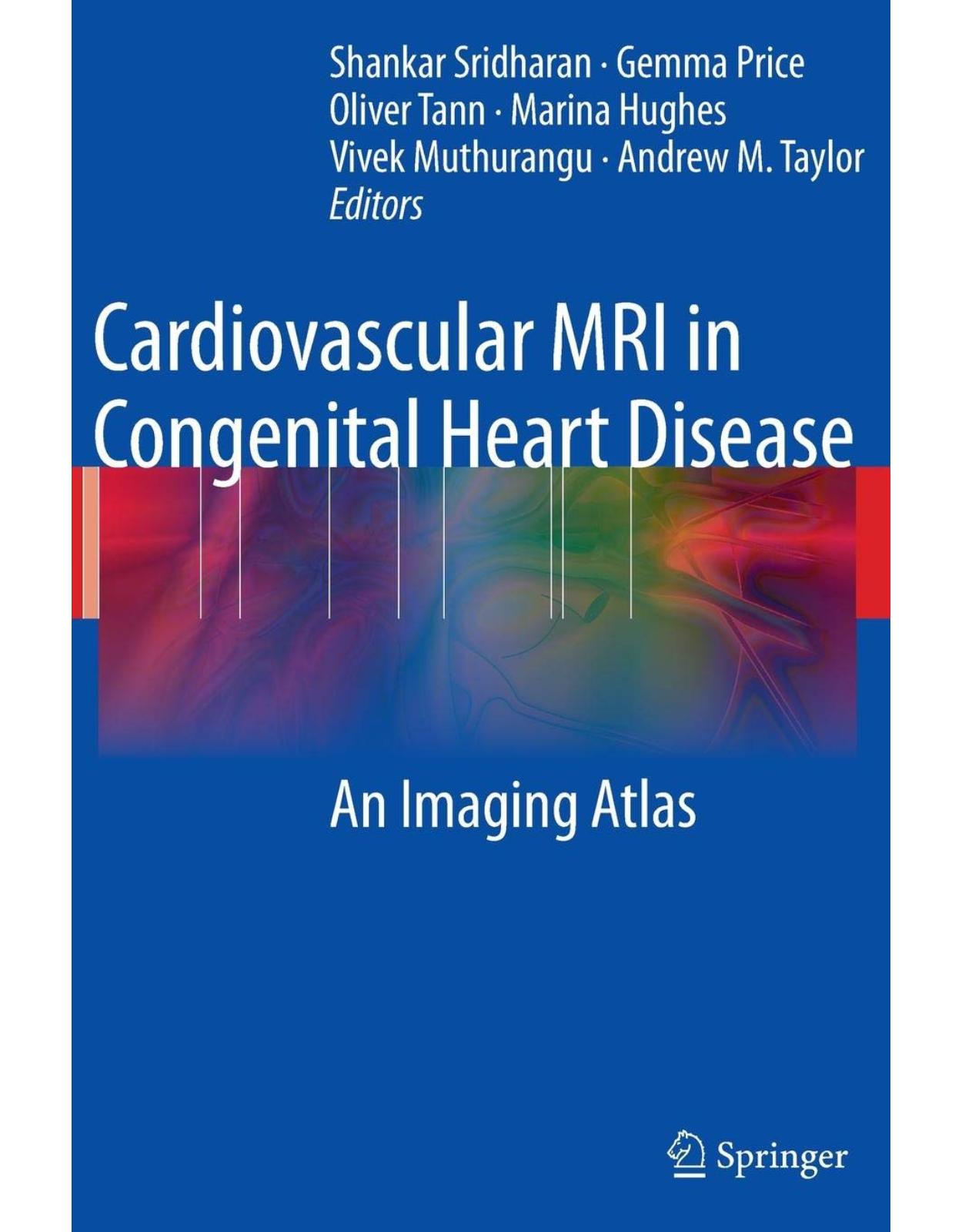
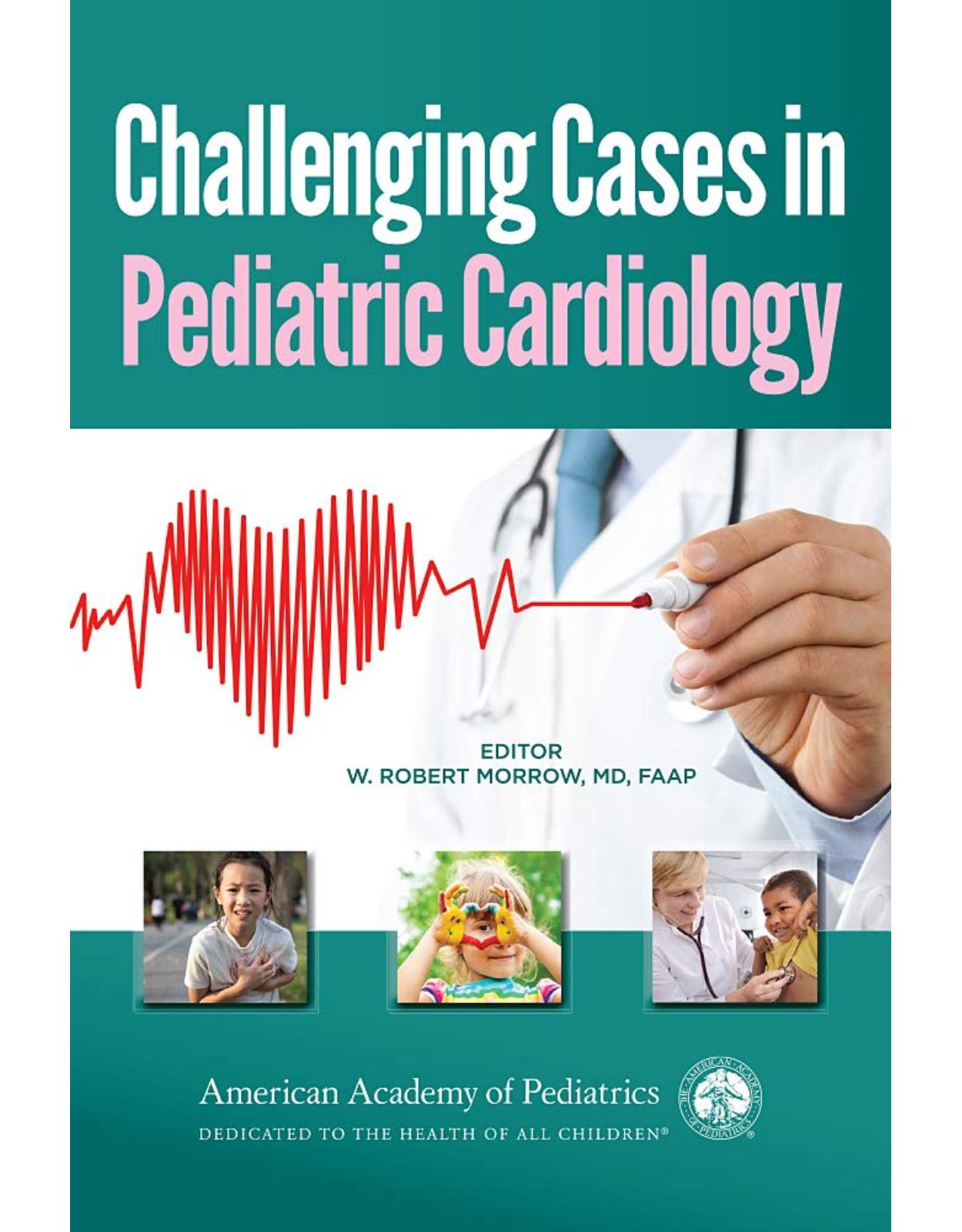
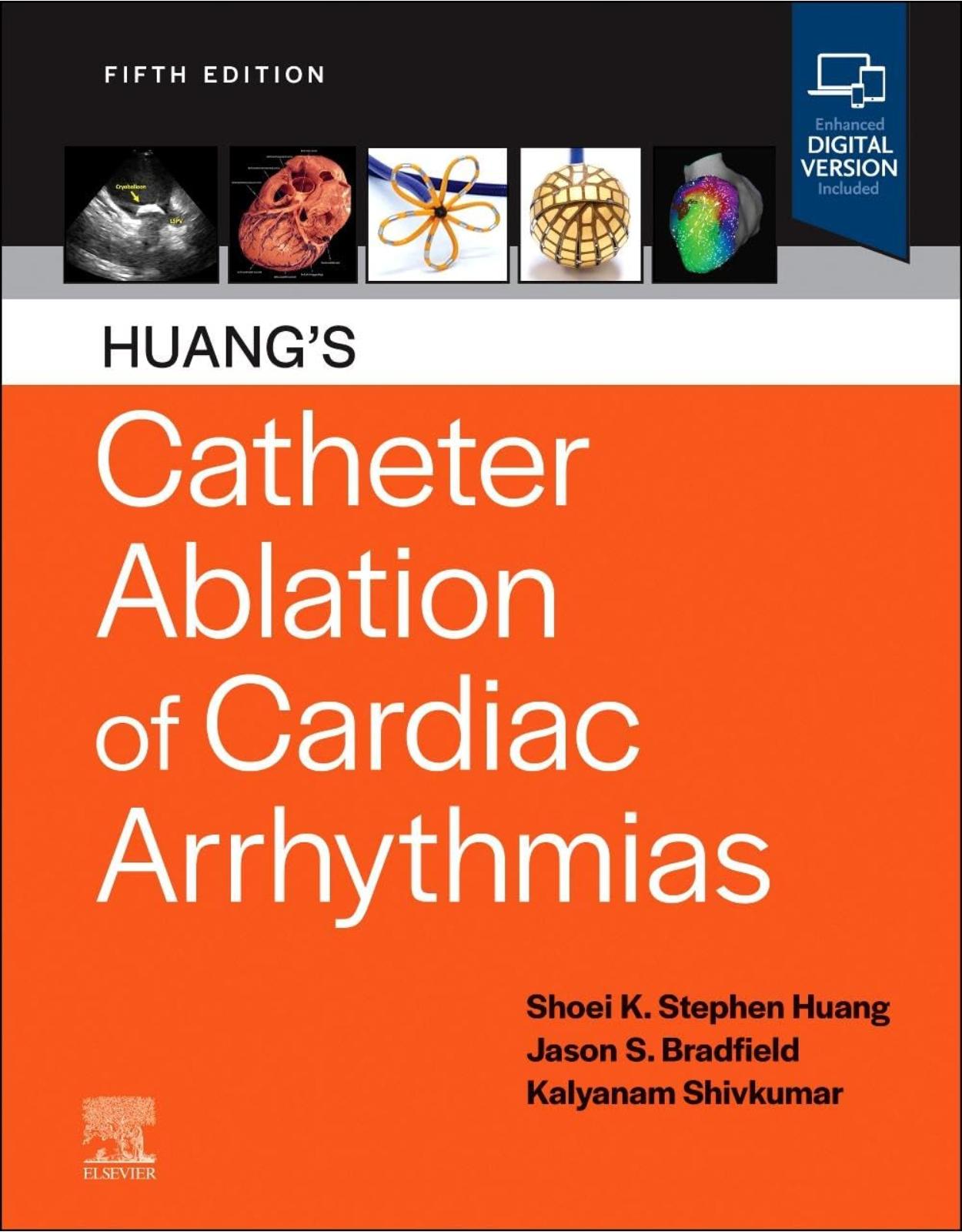
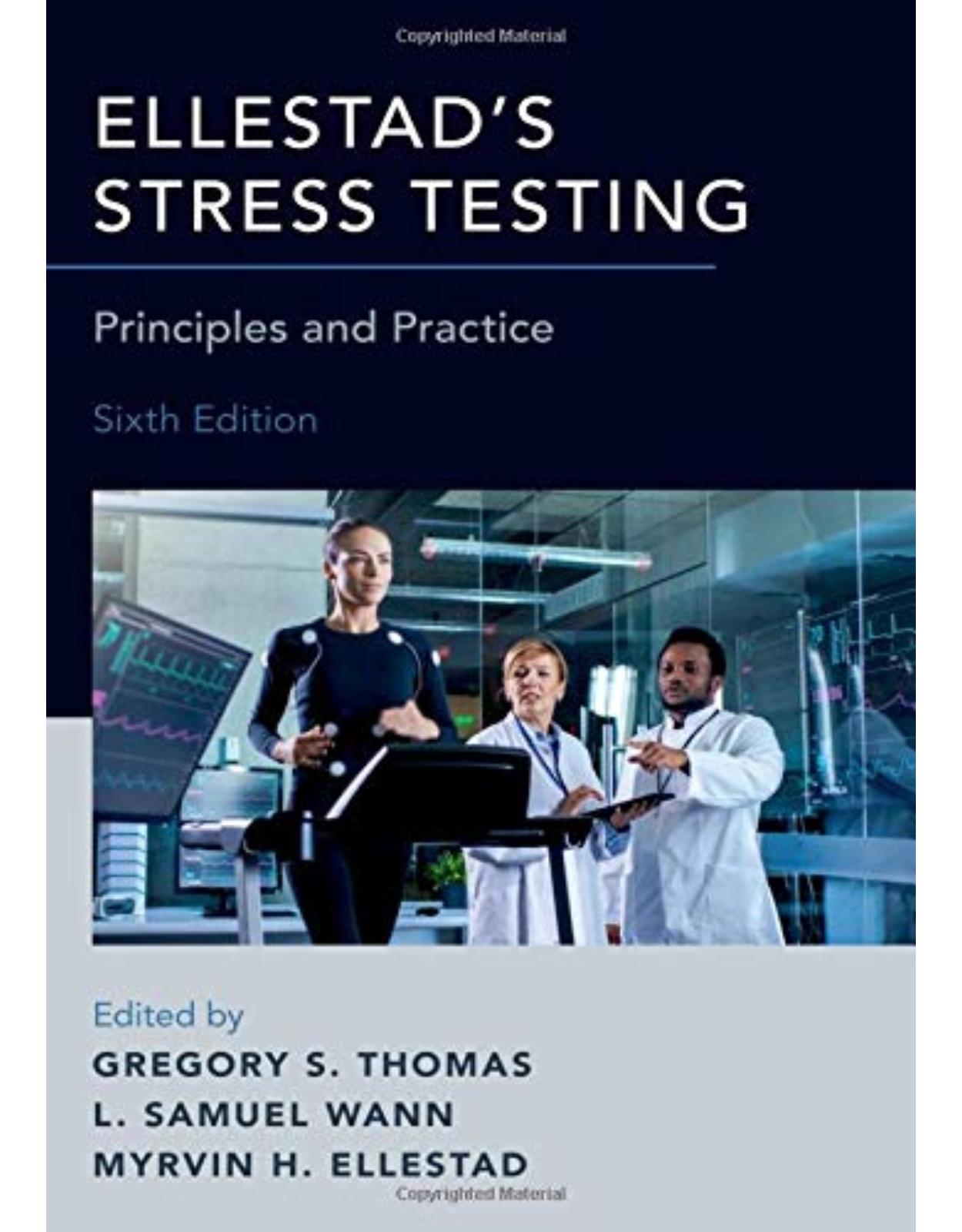
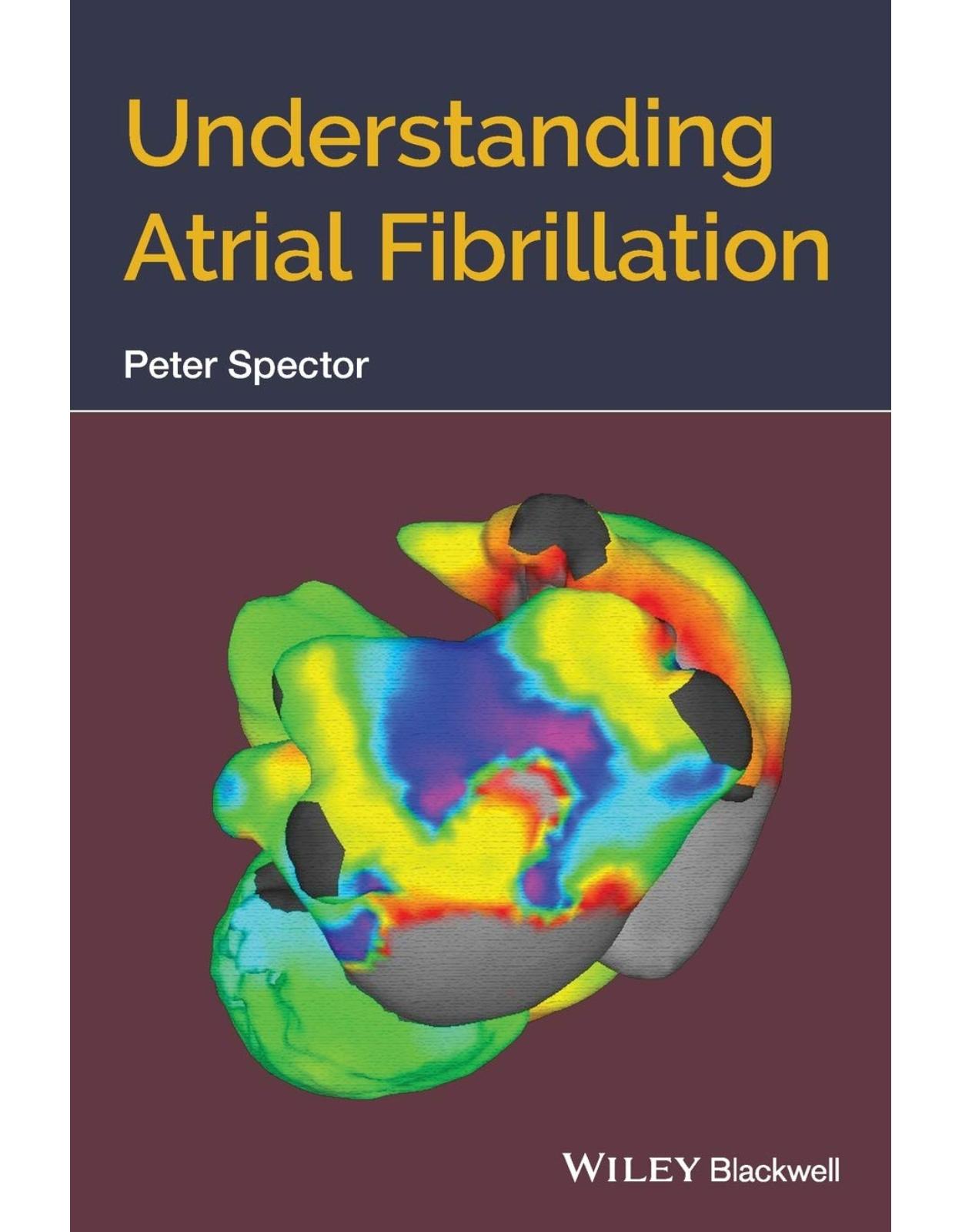
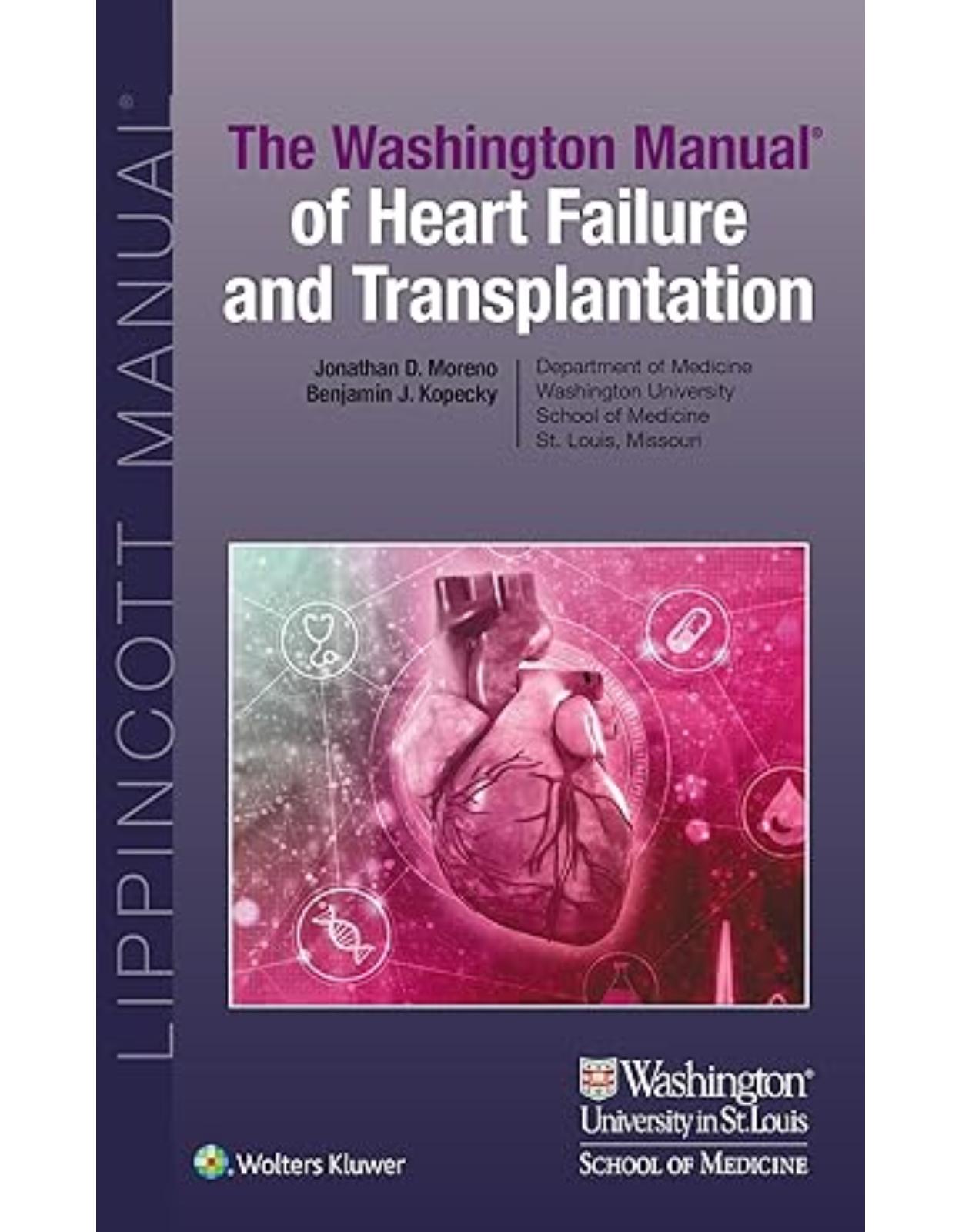
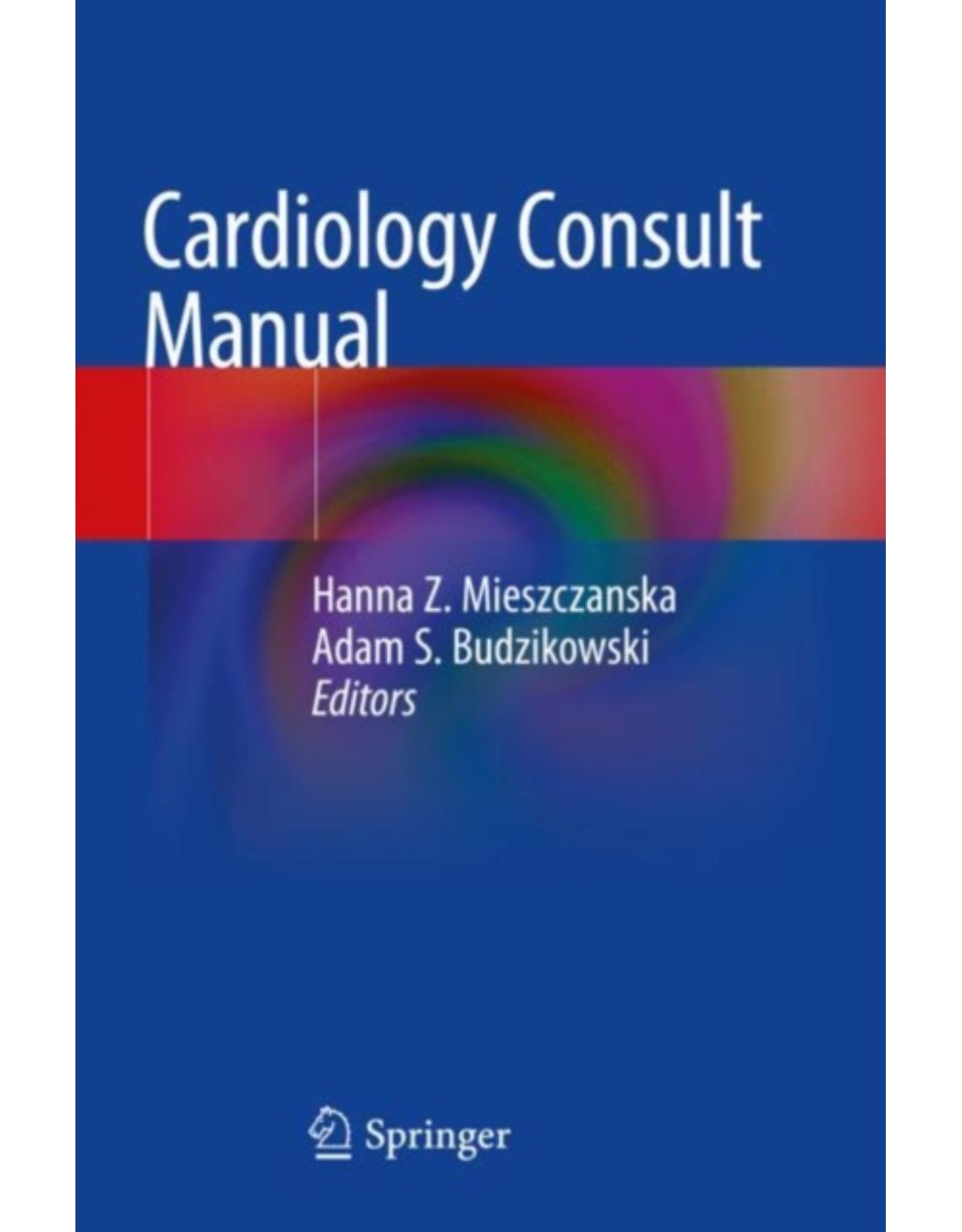
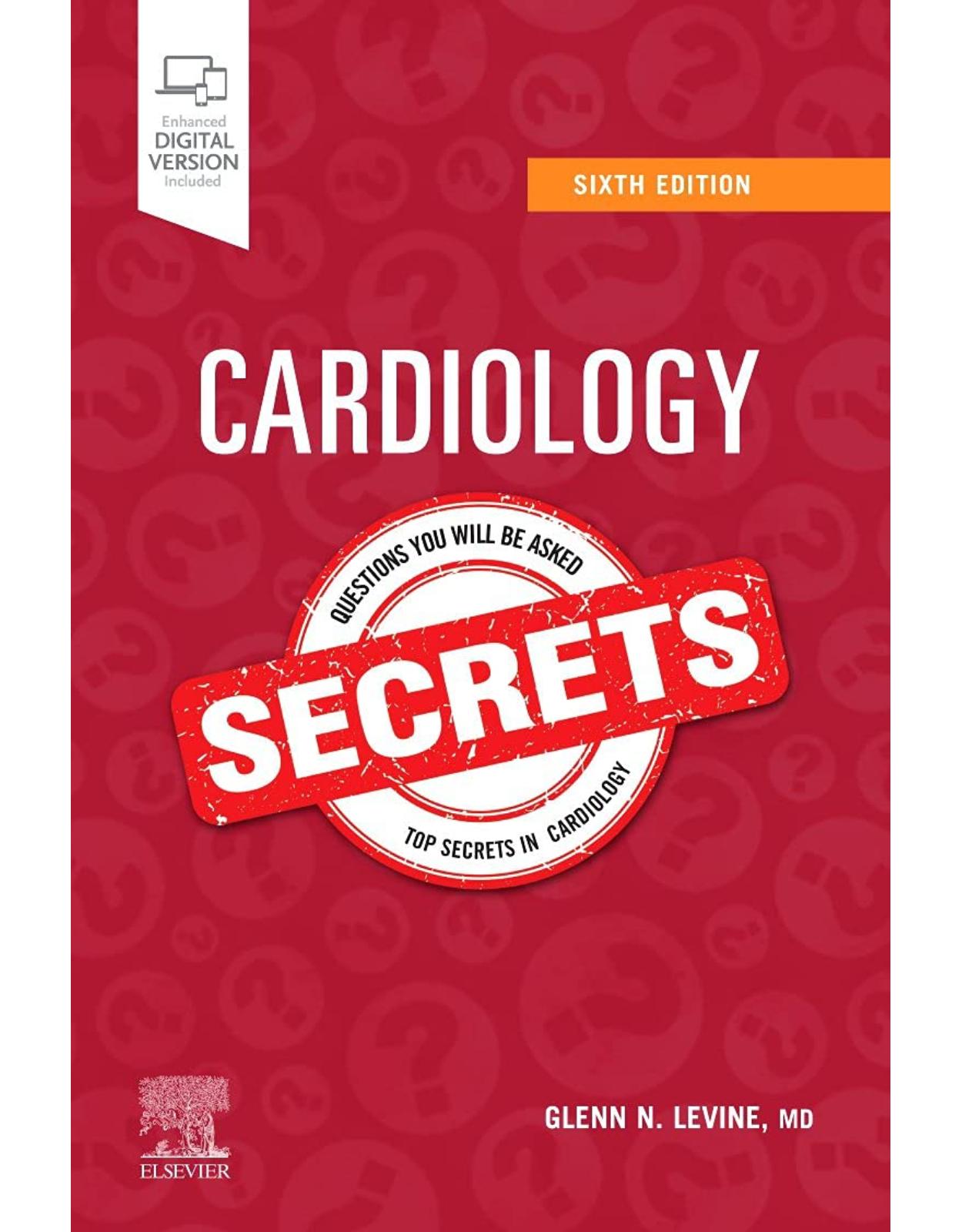

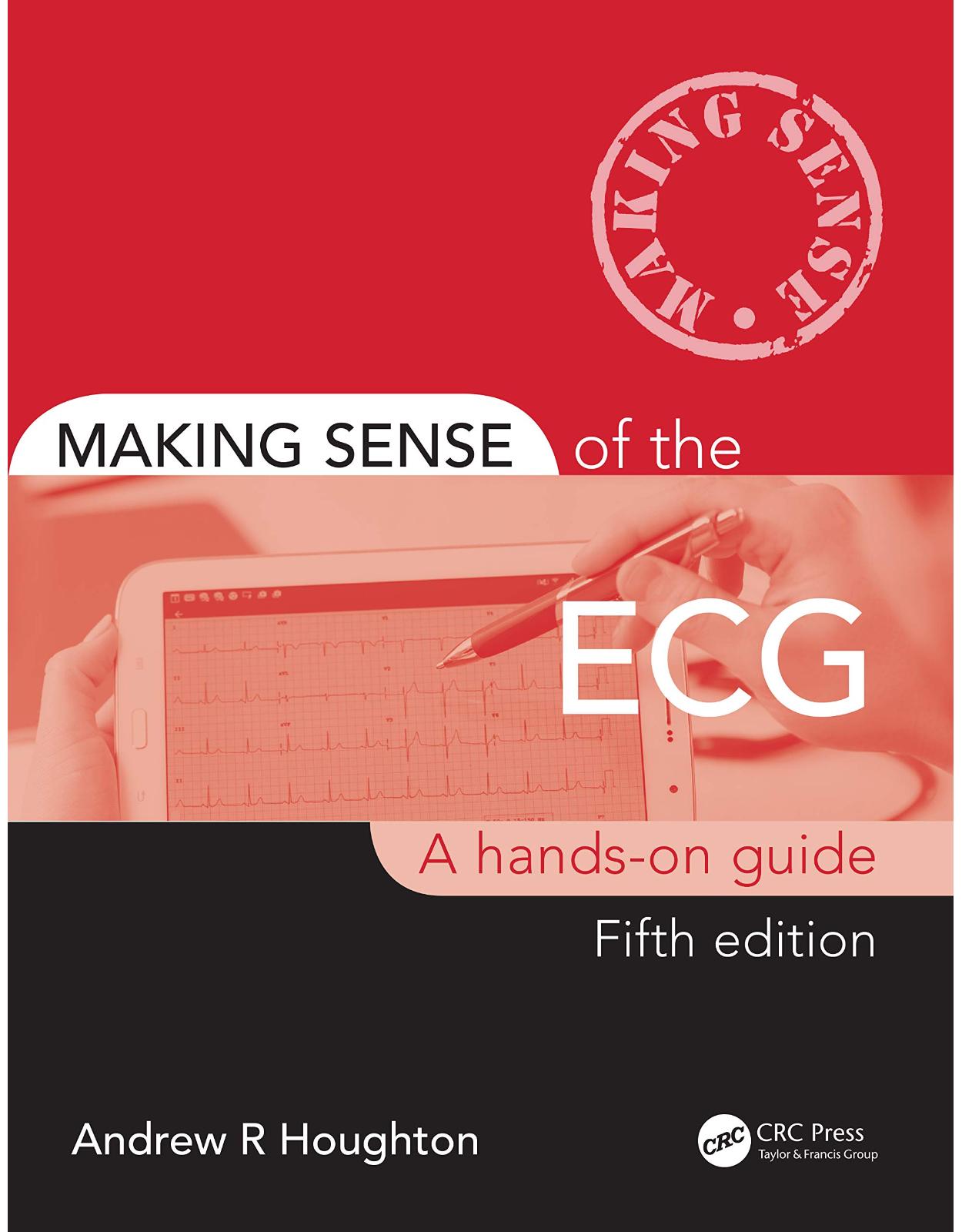


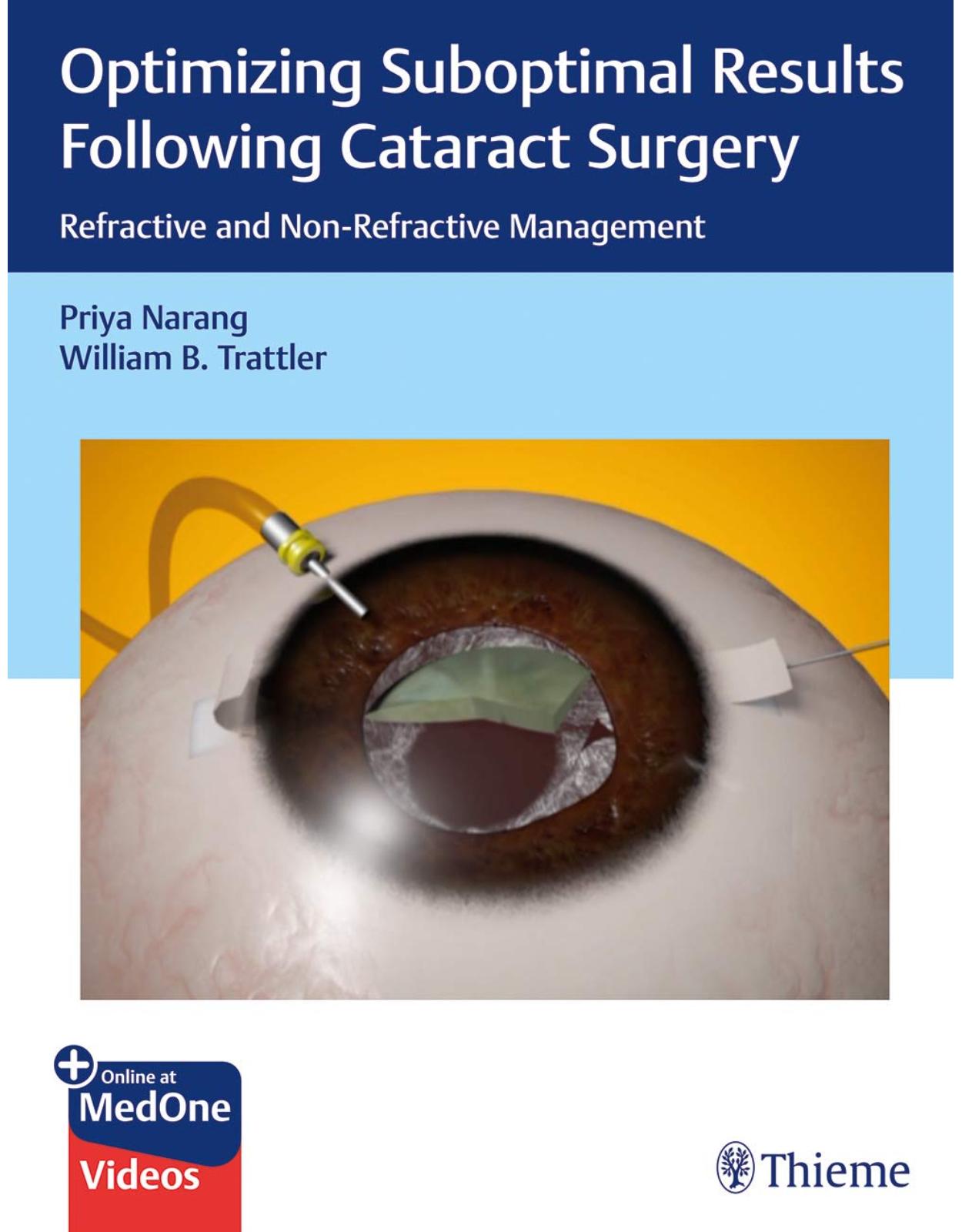
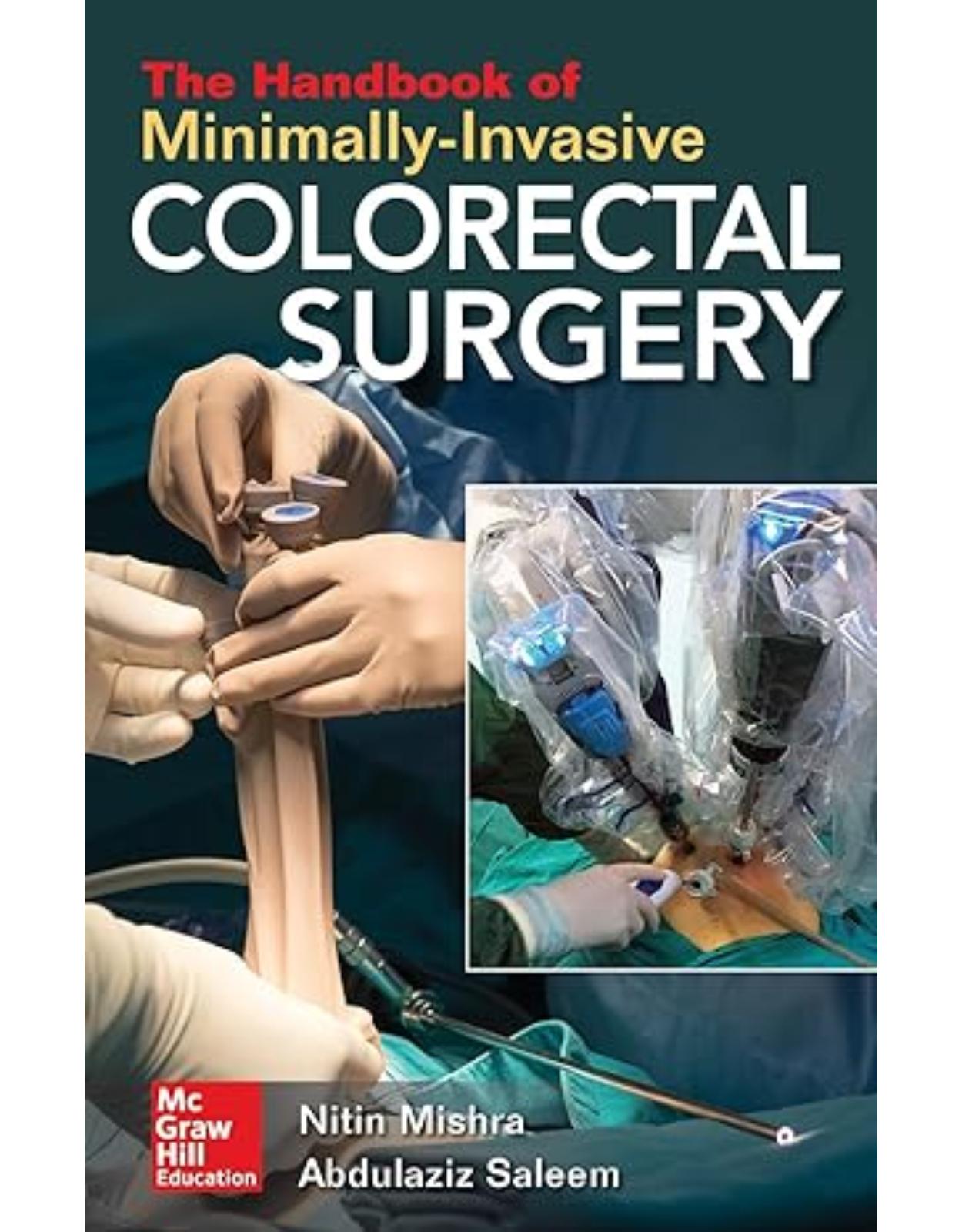
Clientii ebookshop.ro nu au adaugat inca opinii pentru acest produs. Fii primul care adauga o parere, folosind formularul de mai jos.